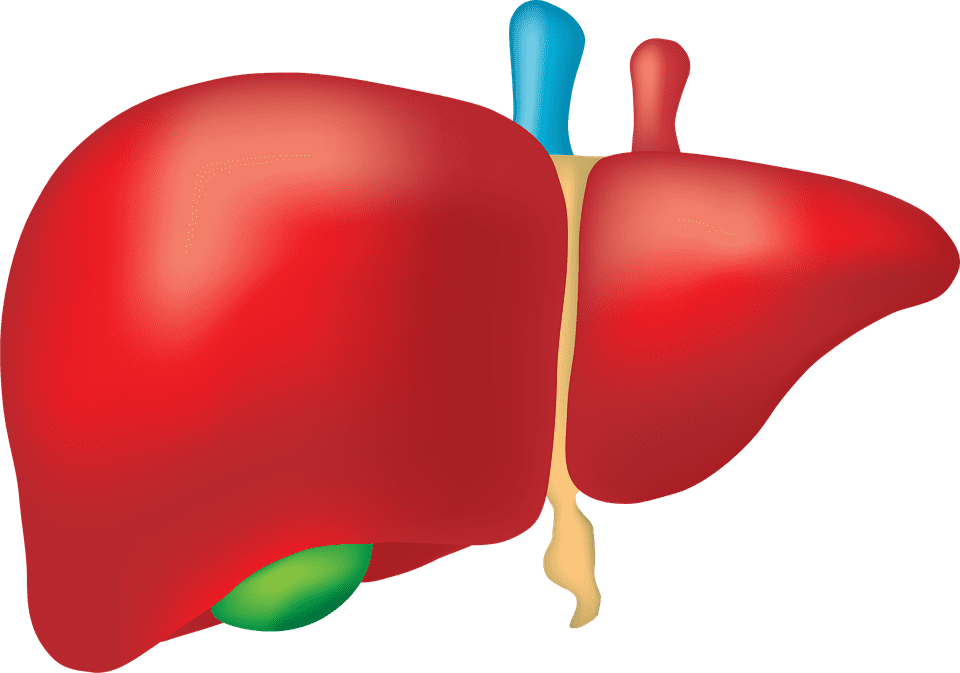Anthrax was not an uncommon disease before the 20th century and occurred in a number of forms. Malignant pustule was a progressively enlarging swollen red skin ulcer, often with a black centre, which was due to spores of the anthrax bacillus being rubbed into the skin from cattle hides, or from animal bristles on shaving brushes etc.
Most cases of malignant pustule survived but in some 20 per cent of cases the bacteria spread into the blood producing septicaemia. Another form was wool sorter?s disease, which was due to inhaling anthrax spores and usually occurred in wool workers in the carding sheds preparing raw wool for clothing, blankets etc. This type produced acute inflammation with swelling and bleeding into the glands and other structures in the chest, resulting in septicaemia and death a day or so later. A third form involves the stomach and intestines, and is due to ingesting anthrax contaminated meat.
Notifiable
Anthrax is a notifiable disease in animals. A vaccine of living anthrax organisms was made by growing the organism at a higher than optimum temperature and, although it was unsuitable for human use, it was used successfully in cattle. Man is more resistant to anthrax than are beasts. Anthrax is essentially a disease of herbivores. Cleaning and sterilizing hides, and strict insistence on public health measures, have made the human disease a rarity nowadays.
The anthrax bacillus is a large square-ended bacterium with a coat of modified proteinaceous material which hinders the ingestion of the organism by the body’s defensive white blood cells. In addition, on exposure to air, the bacterium develops spores which are not easily killed. They resist drying and temperatures that would kill the non sporing vegetative organism.
It is thought that spores liberated into the atmosphere from a bacterial warfare unit in Sverdlovsk, in Russia, in 1979, caused 96 cases of anthrax and 64 of the victims died. These deaths were almost certainly due to inhaling the spores. There was another outbreak in Zimbabwe when medical and veterinary services broke down during wartime. 9,700 cases of anthrax occurred, mainly of the agricultural skin lesion type. Anthrax is still endemic in cattle in Iran and neighbouring countries where animals graze on infected pasture, although biting insects are sometimes a vector.
Vaccines
There are at least three toxic substances produced by anthrax bacteria and these are targeted in attempts to produce better vaccines. None of the vaccines is 100 per cent efficient. The Russian Tblisi vaccine is made from live spores of reduced virulence and is scarified into the skin, a process similar to vaccination. It produces immunity though side effects are common.
The UK and the US vaccines are made from bacterial extracts, precipitated with alum to boost the action. They are given as a series of injections but do not produce life long immunity.
Most skin anthrax infections will respond to high doses of penicillin if administered early enough. It is given by injection every six hours for 7 to 10 days. The same treatment can be tried for inhalation anthrax but the antibiotic is given every two hours. It may or may not work depending on the time delay since infection occurred.
Chloramphenicol, 500 mg four times daily, taken as a prophylactic after exposure to possible infection, and continued for four days, might be a ‘do it yourself’ form of medication in time of war but, on rare occasions, it can cause lethal side effects later. Erythromycin or tetracycline are alternatives, though probably less efficient. It is possible that war anthrax bacteria have been made resistant to many antibiotics. Consequently wartime or terrorist anthrax strains have to be quickly investigated and their antibiotic sensitivity announced publically. The cheapest antibiotic might well be the most efficient and widespread use of the more expensive drugs would quickly bankrupt the treasury.
There will not be enough vaccine to immunize the civilian population in time of war.
Spores
Anthrax spores are killed by contact with a two per cent solution of household bleach within five minutes. A 10 per cent solution of commercial formalin, applied as a spray, is also effective. Untreated anthrax spores remain viable in soil and vegetation for years. The use of anthrax by an enemy, in whatever form it is applied, is more to render an area, or a building, unusable for long periods of time than it is to kill the civilian population. Spreading panic is another reason for its use.
It is easy to use anthrax as a terrorist or warfare agent. Once having obtained the bacterium, through the post, from the National Collection of Type Cultures, or from an animal dead of anthrax, it is cultured in meat broth. Within 24 hours bacterial counts of 100 million per millilitre can be obtained. The average lethal dose, by inhalation, is between 5 and 100 organisms for a fully virulent strain.. In other words a two ounce bottle is enough to wipe out the population of the UK, but only if the anthrax can reach its victims. Anthrax is not normally spread from patient to patient. It would need to be used where many people congregate together. In the Metro an air spray would be pushed from one station to another by the trains. Most large buildings have air conditioning and, while sprayed organisms might be caught in the water spray or removed by the dust filters, most would get through and contaminate staff and visitors alike. Putting the culture into the inspection ports in the ducts would be even more effective.
It was thought that terrorists would probably use spray canisters. Large amounts of spray can be generated if dried spores are used to replace the powder in a dry powder fire extinguisher.
The use of volatile powders impregnated with anthrax, or of powdered dried anthrax spore precipitate, makes for an easy and cheap method of dissemination with minimal risk to the person spreading the disease.
Detection
Rapid detection of a biological attack is available to the military, using the biological integrated detection system which detects ATP (adenosine triphosphate). Confirmation of anthrax is made by flow cytometry and specific antibody tests – non of which are available in general hospitals. Reliance has to be made on the scientists at research centres and, more specifically in the UK, on Porton or, in the US, on Fort Dietrick.
Following exposure there is little one can do apart from :-
Evacuate the area after turning off the ducted air vents. However, if you have a respirator put it on and, wearing rubber gloves, mop up all spills of fluids and powders with swabs soaked in 2 per cent household bleach, but make sure a swab, or sample, has been taken of the potentially infective material beforehand. Have somebody notify the local authority.
Strip off all clothes and shower – washing well with soap and rinsing it off. The use of ‘antiseptic soaps’ will result in a sense of false security.
Prior to showering pack all clothes in plastic bags for treatment with formaldehyde. These clothes will then need washing before re-use.
By this time the local authority should have responded and they should know what treatment, if any, is needed. In the words of Corporal Jones – don’t panic.





Be the first to comment on "The past history and present threat of anthrax"